Corporate News
Company News
- Fluorocarbon aluminum veneer: an innovative choice for architectural aesthetics
- Aluminum veneer: industrial beauty, lightweight power
- Fluorocarbon baked paint aluminum veneer: the new high-end of aluminum materials, a new chapter in architectural aesthetics
- Curtain wall aluminum veneer: the fashionable "coat" of the construction industry
- Fluorocarbon aluminum veneer: the "fashionable coat" of modern architecture
Industry dynamics
- New trend of aluminum plate: baked paint aluminum veneer, the new darling of fashionable home furnishings
- Aluminum veneer makes buildings more sturdy and durable
- Curtain Wall Aluminum Veneer: The Beauty of Modern Architecture, Revealing the Story Behind It
- Fluorocarbon baked paint aluminum veneer: a rising star in the aluminum industry, responsible for the aesthetic value of the construction industry
- Uncover the charm and secrets of baked aluminum veneer!
Frequently asked questions
- What are the sustainability indicators of aluminum veneer in building exterior design?
- Can aluminum veneer be used for building facade design?
- Is aluminum veneer prone to deformation?
- How to evaluate the impact of aluminum veneer's removability on the appearance of buildings?
- Has the production process of aluminum veneer reduced water resource consumption?
contact us
Mobile:+86 15627778610
Email: 2201229786
Address: No. 5 Binjiang Road, High tech Zone, Zhaoqing City, Guangdong Province
Aluminum veneer: a low-key luxury choice in modern architecture
- Author: Supreme Building Materials (Guangdong) Co., Ltd
- Release time: February 17, 2025 12:14:06
- Click:0
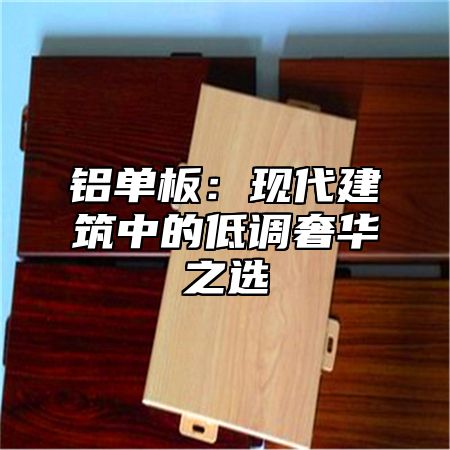
Speaking ofAluminum veneerThis is a beautiful scenery in modern architecture! You may think it's unremarkable, but in fact, this thing is a little star in the architecture industry.
Let's talk about the origin of aluminum veneer. It is made of aluminum metal through special processing techniques, with a smooth surface, diverse colors, lightweight texture, and easy installation. Speaking of which, the history of this thing is quite interesting. As early as the early 20th century, aluminum veneer began to become popular in European and American countries. At that time, it was exclusive to high-end buildings. With the advancement of technology and the reduction of costs, aluminum veneer has gradually entered the homes of ordinary people.
I first came into contact with aluminum veneer during my university years. At that time, the school built a new teaching building using aluminum veneer as the exterior wall material. At that time, I thought this thing was quite magical. It could not only insulate and keep warm, but also prevent moisture and mold. The key is that it looked very textured. Later, I interned at a construction company and found that the application range of aluminum veneer was beyond imagination, from airports and train stations to shopping malls and residential buildings.
When it comes to the advantages of aluminum veneer, there are countless. It is environmentally friendly and energy-saving. Aluminum veneer uses relatively less raw materials and energy in the production process, and aluminum metal can be recycled, greatly reducing the emission of construction waste. It has good weather resistance. The surface of aluminum veneer has a special coating that can resist the erosion of ultraviolet rays and acid rain, with a service life of several decades. It also has excellent fire resistance, which is an important safety guarantee for high-rise buildings.
Of course, aluminum veneer is not without its drawbacks. Its price is relatively high, and if not handled properly during installation, it is prone to deformation or scratches. However, this does not hinder its position in the construction industry. As I mentioned before, aluminum veneer has become a standard feature in modern architecture, and many designers use it as a tool to create personalized buildings.
I remember one time, I attended an architectural exhibition and saw a designer create a highly modern residential building using aluminum veneer. The exterior walls of that house are made of aluminum veneer with different colors and textures, presenting a unique visual effect. Entering the house, I found that the interior decoration was also very creative, which made people exclaim: it turns out that aluminum veneer can be played like this!
The application of aluminum veneer has also brought some controversy. Some people say that although aluminum veneer is beautiful, it lacks cultural heritage and is not suitable for traditional architecture. I think this question is actually quite simple. Aluminum veneer, as a new type of building material, emerged to meet the aesthetic needs of modern architecture. For traditional architecture, we can choose other more suitable materials, such as stone, wood, etc. In this way, aluminum veneer and traditional materials each play their respective roles and contribute to the development of the construction industry together.
Returning to the aluminum veneer itself, I think its greatest charm lies in its diversity. You can choose different colors, textures, and thicknesses to make your building unique. With the development of technology, the functions of aluminum veneer are constantly expanding. There is now an aluminum veneer on the market that can generate electricity, which to some extent solves the problem of building energy consumption.
The application of aluminum veneer in modern architecture is becoming increasingly widespread. It not only meets people's pursuit of beauty, practicality, and environmental protection, but also promotes technological innovation in the construction industry. In my opinion, aluminum veneer is like a low-key artist, adding a touch of brightness to the city with their talents. Perhaps in the near future, it will bring us even more surprises!

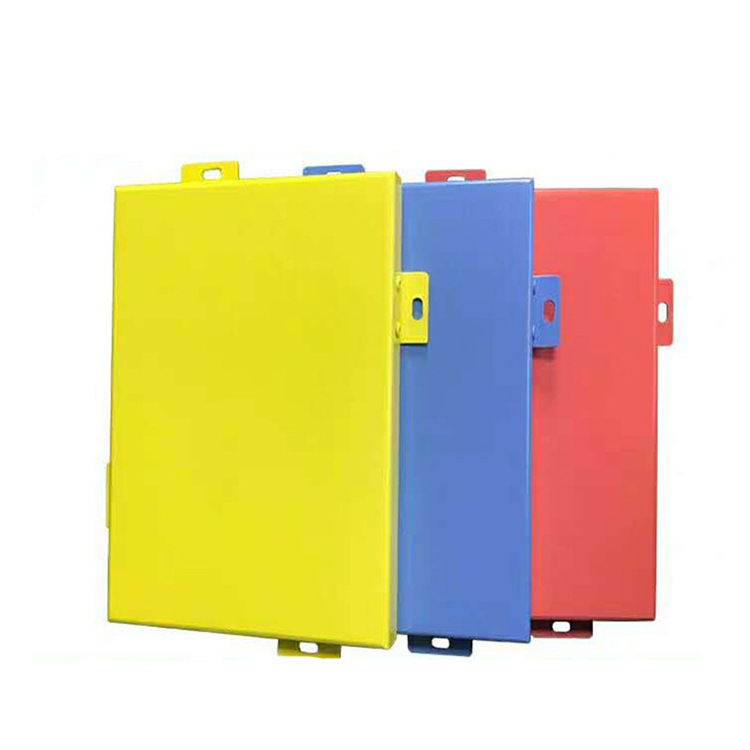
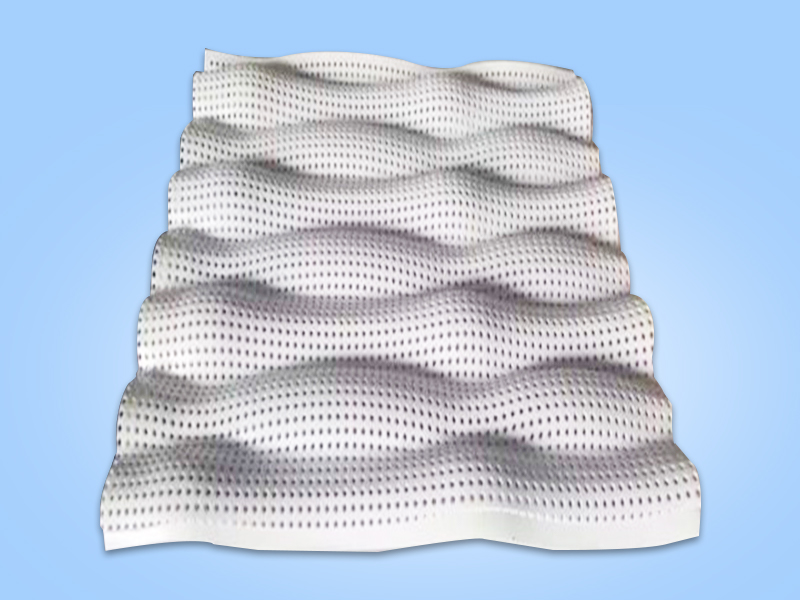
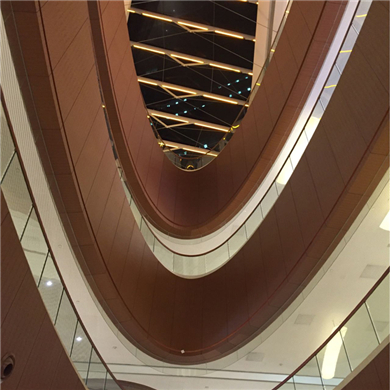
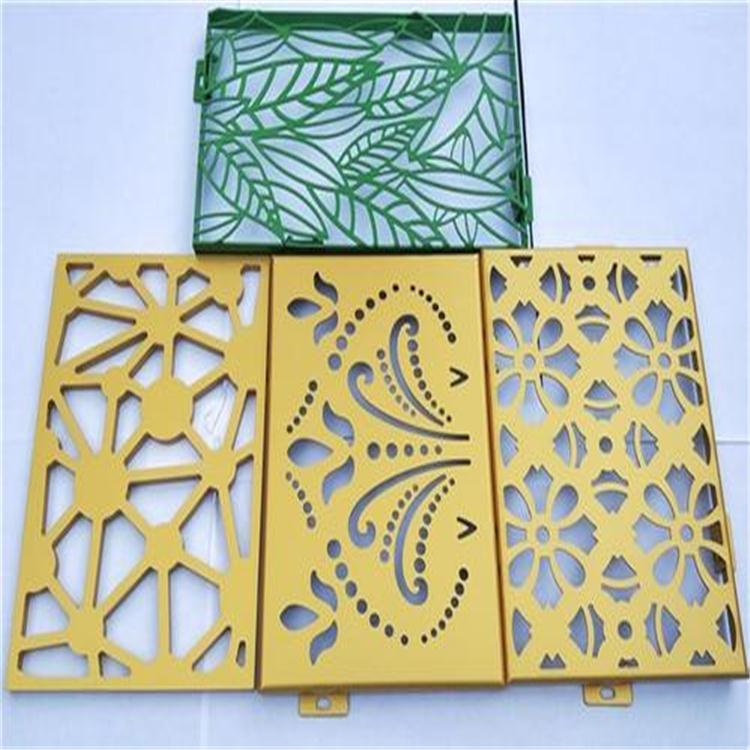
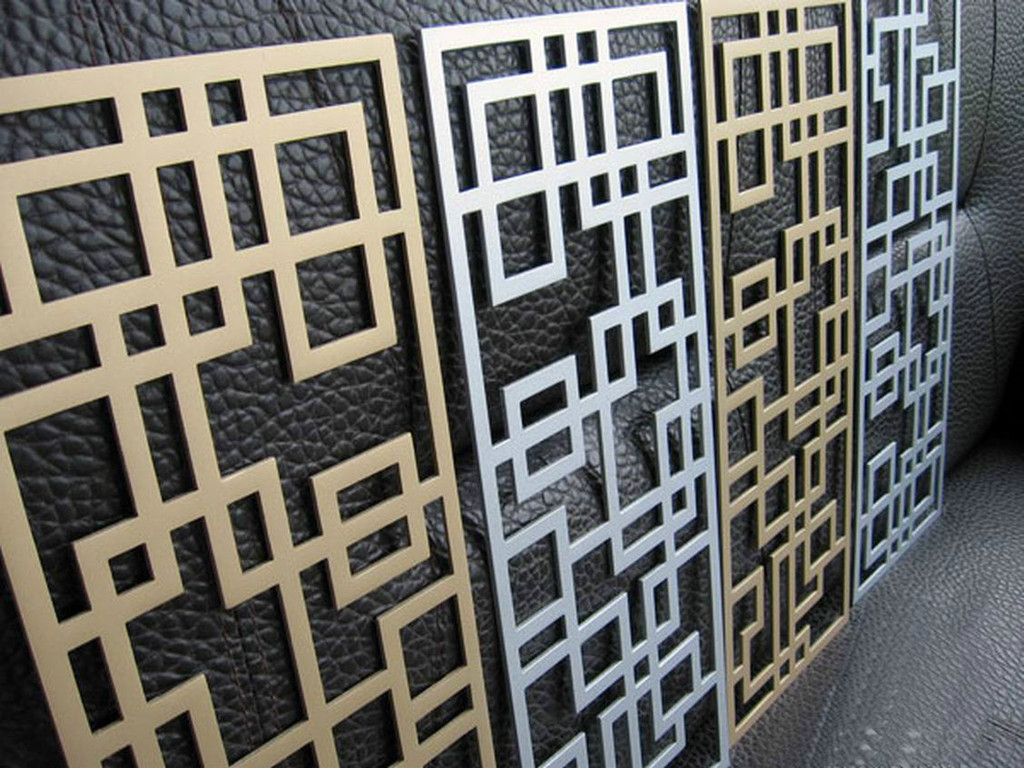
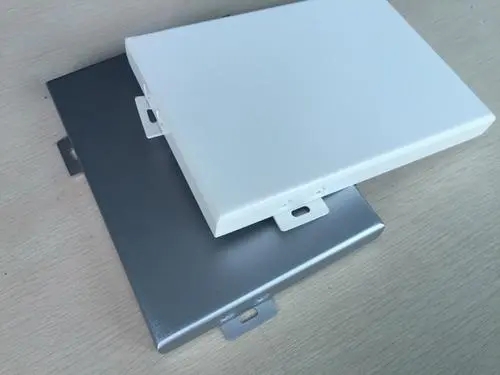
 Customer service QQ
Customer service QQ